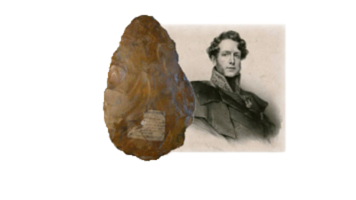The Somme valley is a key area for the Human occupation of NW Europe and and has been intensively studied since the end of the XIXth century. In this region, Quaternary deposits are represented by a terrace system including ten alluvial sequences covered by slope deposits which formed during the last million year. Geomorphology and dating have been intensively studied and provide a consistent view of geometrical evolution of the landscape together with a solid chronological frame of events. Many sites have been excavated within these formations and have given opportunities to report on changes of climate and environments trough time. Non marine molluscs which are a good proxy for palaeoenvironmental reconstructions are regularly preserved in those deposits. In 1952 Breuil published a first detailed report of all the non-marine molluscan faunas from Quaternary deposits of the Somme and the Seine valleys. Sixty six years later after a lot of supplementary analyses have been performed, the present contribution provides a new synthesis of the history of malacological assemblages and associated palaeoenvironmental reconstruction with palaeolithic occupations since 1 Myr in the Somme valley. How climatic cycles influence composition of snail communities ? Is there a model of malacological evolution vs climatic and environmental changes ? What evolution of biodiversity can be reported ? are the main questions addressed in this talk.
 |
État des connaissances sur la préhistoire et l'histoire des recherches en vallée de la Somme (XIXe-XXIe siècles)
22-24 nov. 2018 Abbeville (Somme) (France)
|
|
The Quaternary history of non-marine molluscs during the last 1 Myr: environmental reconstruction vs prehistoric occupations in the Somme valley (northern France)
1 : Laboratoire de géographie physique
(LGP)
-
Site web Université Panthéon-Sorbonne, Université Paris-Est Créteil Val-de-Marne - Paris 12, Centre National de la Recherche Scientifique : UMR8591
bat. Y 1 Place Aristide Briand 92195 MEUDON CEDEX -
France
|
 PDF version
PDF version
